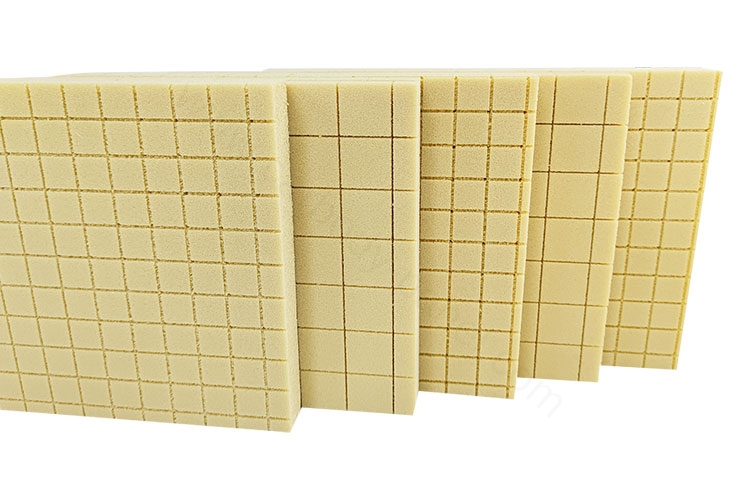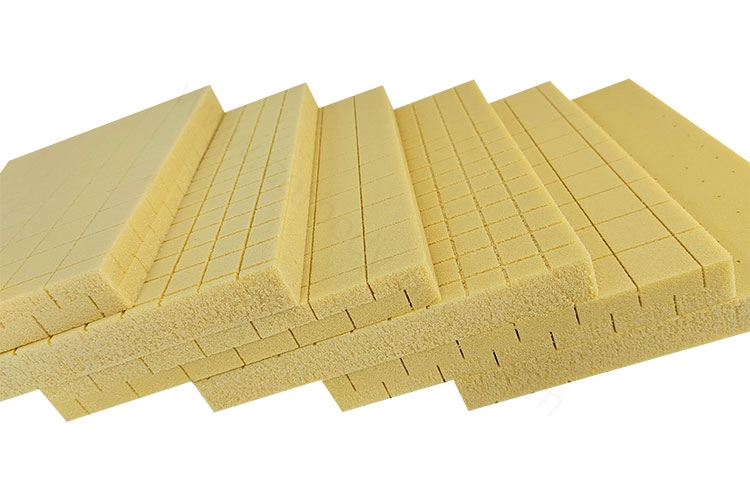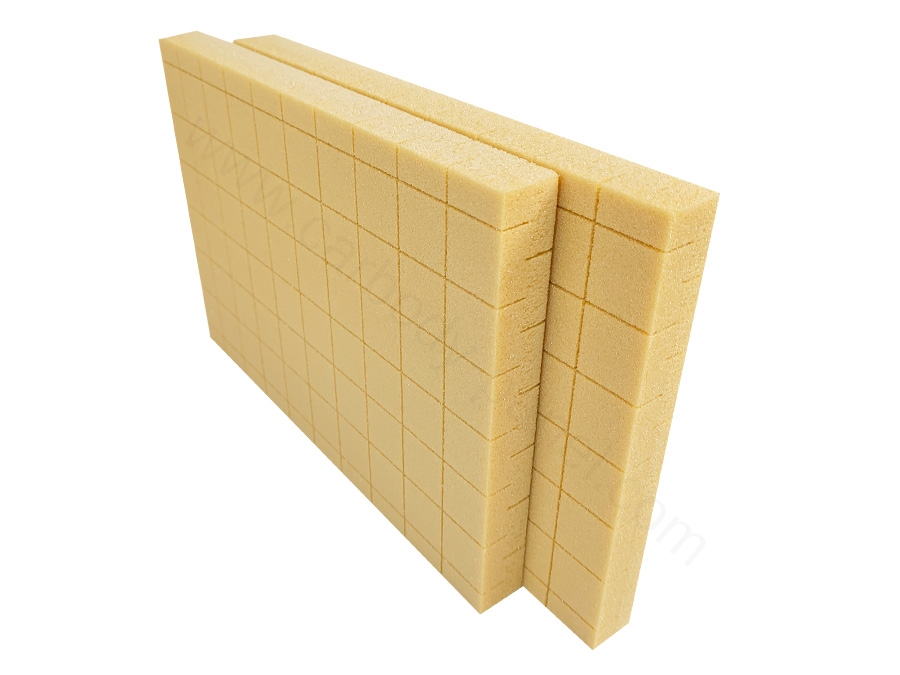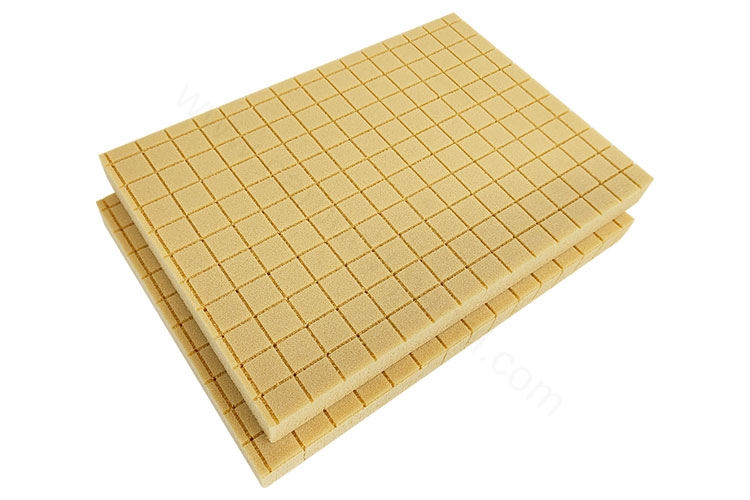
Sandwich Material PVC Foam Core for Ship Hull
As the global shipping industry pursues high efficiency and environmental protection, PVC foam core, as a high-performance sandwich material, is lightweight and corrosion-resistant, which meets the needs of ship design and helps the shipbuilding industry transform towards a green direction.





Explore the Benefits of PVC Foam in Ship Hull
Marine PVC foam core is a lightweight, high-strength, water-resistant sandwich material.

Benefits
PVC foam core reduces hull weight by 20 to 40%
PVC foam core material can effectively resist seawater, salt spray and other corrosive factors
Combining the PVC foam core with a metal plate or composite skin creates a sandwich composite material. This structure significantly enhances the overall strength and stiffness of the ship.
It can be cut and shaped according to the hull shape and needs to suit various ship designs.
Ship Hull Foam Core Processing
- Flat foam: Foam boards are used directly after slicing without requiring additional processing. For curved surface applications, flat thermoforming technology shapes the foam as needed.
- Perforated foam: Evenly distributed 2mm diameter holes are made in the foam, with the hole size adjustable based on the foam’s thickness and density. These holes facilitate resin penetration and air exhaust.
- Groove foam: Grooves are engraved on the foam surface to create resin flow paths, which can be one-sided or double-sided, and one-way or two-way. The groove design optimizes the resin infusion process and effectively exhausts the air.
- Groove + perforated foam: Based on groove foam, holes with a diameter of 2mm are added inside the groove, with a spacing of about 20mm. This design combines the advantages of perforation and groove to improve the efficiency of resin penetration.
- Hyperboloid foam: The foam is cut to approximately 55-60% of its thickness with staggered cutting lines on both sides, specifically designed for curved surfaces. This method reduces resin absorption compared to full contour cutting.
- Corrugated foam: The foam has one side cut into granules while the other side features fiberglass mesh cloth, making it suitable for complex curved surfaces and enhancing structural strength and adaptability.
Parameters
| ITEM | P60 | P80 | P100 | P130 | P200 |
| Density(kg/m³) | 60 | 80 | 100 | 130 | 200 |
| Tensi le Strength(Mpa) | 1.8 | 2.5 | 3.5 | 4.8 | 7.1 |
| Tensi 1e Modulus (Mpa) | 75 | 95 | 130 | 175 | 250 |
| Compressive Strength(Mpa) | 0.9 | 1.4 | 2 | 3 | 4.8 |
| Compressive Modulus (Mpa) | 72 | 90 | 135 | 170 | 240 |
| Shear Strength(Mpa) | 0.76 | 1.15 | 1.6 | 2.2 | 3.5 |
If you have any questions or custom requirements for PVC foam for boat hull material, please contact us. Our team will provide you with professional advice and services to help your boat building project succeed.
Email: info@carbody-panel.com
Contact Us
